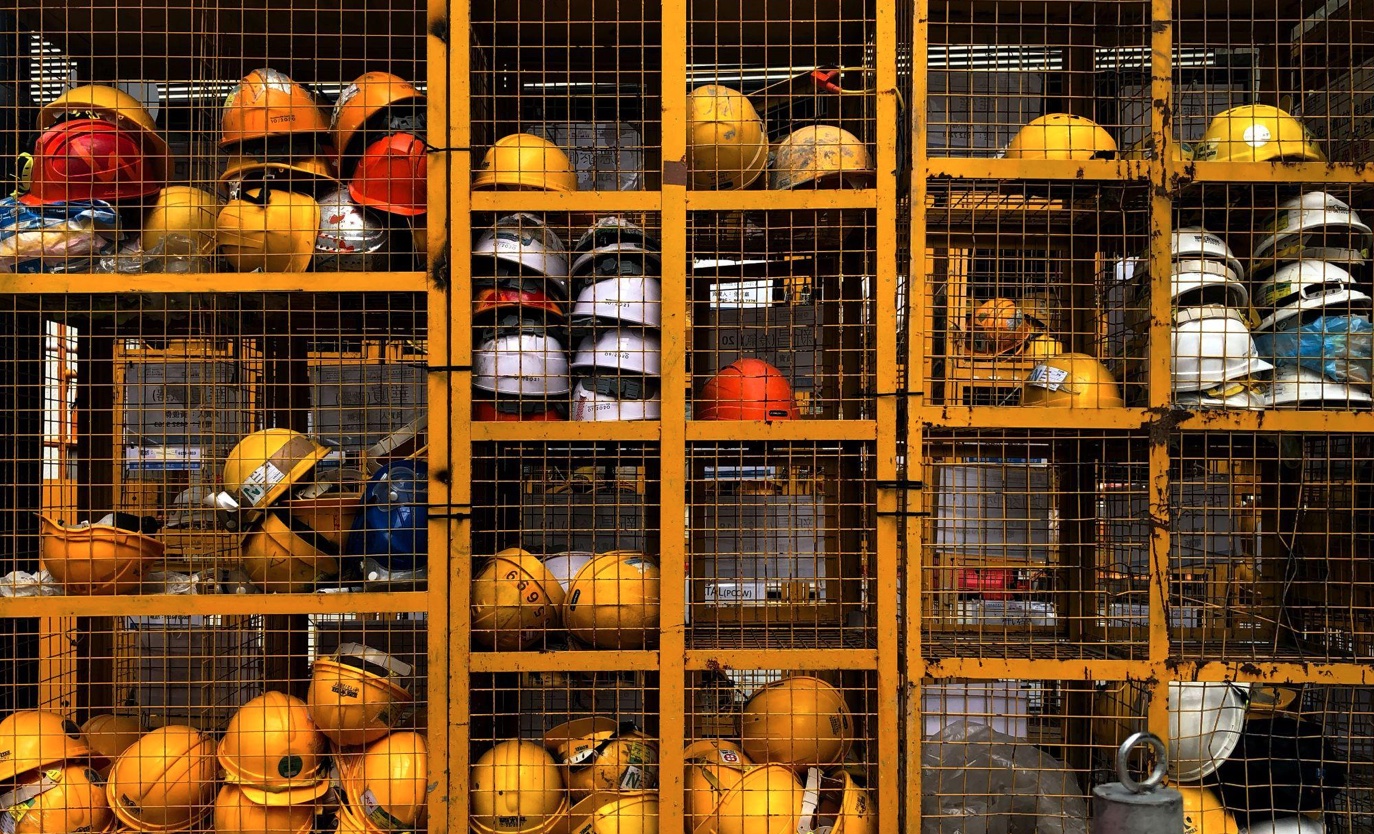Building a safe workplace is all about cultivating a culture where safety is a shared value.
In our bustling work environments, where the hum of computers blends with the clatter of machinery, the risk of injury is an unspoken presence lurking in the routine of our daily tasks.
We’re not trying to scare you here. Peril doesn’t wait around every corner. And the good news is that most workplace injuries are preventable. But as they say, it’s better to be safe than sorry.
This post isn’t a mere rundown of the injuries you might encounter. Rather, it’s a toolkit for steering clear of them. As we unravel the secrets to a safer work life, you’ll discover that protecting yourself and your team is simpler than you might think. Let’s dive in.
Identifying Common Workplace Injuries
Whether your workplace is decked out with the latest tech or brimming with heavy machinery, there are common injuries that occur more often than you might think. Recognizing these is your first step to dodging them.
- Repetitive strain injuries (RSIs)
Ever felt that nagging ache in your wrist or neck after hours at your desk? That’s RSI, a frequent visitor in today’s keyboard-centric workplaces. It sneaks up from repetitive motions, like typing or using a mouse.
- Slips, trips, and falls
These are the tricksters of workplace injuries. A wet floor, a loose cable, or just a misplaced step – they don’t discriminate and can happen anywhere, from the office to the warehouse.
- Car accidents
Let’s not forget the drive to and from work. Surprisingly, car accidents are a significant contributor to workplace injuries. Commuting can be just as risky as the job itself, reminding us that safety extends beyond the office doors.
- Back injuries
Heavy lifting isn’t just for the gym. In jobs involving physical labor, improper lifting techniques can lead to severe back problems. But it’s not exclusive to manual labor – even a day of sitting can strain your back.
- Eye strain
As we bond more with our screens, our eyes pay the price. Continuous screen time without breaks can lead to eye discomfort, affecting your productivity and health.
Understanding these common culprits is your first armor in the safety battle.
Prevention Strategies
Armed with knowledge about common workplace injuries, it’s time to turn the tables. Prevention isn’t just about caution but also about smart, proactive strategies.
Here’s how you can outsmart these risks:
- Ergonomic solutions
Think of ergonomics as your personal workplace designer. The right chair, the correct desk height, and an ergonomic keyboard can make a world of difference. They’re not just comfy – they’re your first line of defense against RSIs.
- Awareness and training
Regular safety workshops and training sessions keep safety at the forefront of everyone’s mind. Remember, a well-informed team is a safe team.
- Safe commuting
Since commuting can be as risky as the work itself, be vigilant. Follow traffic rules, avoid distractions, and consider carpooling or public transport to reduce the chances of an accident. Also, suggest that your company installs driveway mirrors on tricky spots so that everyone can park and leave safely and quickly.
- Health and wellness programs
A healthy employee is a safe employee. Encouraging fitness, proper nutrition, and overall well-being can significantly reduce the risk of injuries. Whether it’s a company-sponsored gym membership or wellness seminars, it’s an investment in safety.
- Regular breaks and stretching
Don’t underestimate the power of a good break. Regular intervals of stretching, walking, or just stepping away from your desk can prevent both physical and mental fatigue.
By integrating these strategies into your daily work life, you’ll be able to avoid injuries and enhance your overall work experience.
Creating a Culture of Safety
Building a safe workplace is all about cultivating a culture where safety is a shared value.
Here’s how to nurture this environment:
- Management’s role
Leaders set the tone. When management actively participates in safety protocols and policies, it sends a powerful message. Leading by example is both influential and transformative.
- Employee involvement
Safety is a team sport. Encouraging employees to voice concerns, report hazards, and offer suggestions creates a sense of ownership and responsibility. It’s about looking out for each other.
- Regular audits and updates

Rack full of yellow hard hats; image by Pop & Zebra, via Unsplash.com. A safe workplace is a dynamic one. Regular safety audits, reviewing procedures, and updating equipment keep the safety standards up-to-date. Staying ahead of potential hazards means they’re less likely to catch you off guard.
Creating this culture doesn’t happen overnight. It requires commitment, communication, and, most importantly, a collective effort.
Wrapping Up
Creating a safer workplace is a continuous, collaborative effort. It takes small, daily choices that add up to a significant impact. Whether it’s adjusting your chair, taking regular breaks, or speaking up about a potential hazard, these actions matter.
So, let’s not wait for accidents to remind us of the importance of safety. Instead, let’s be proactive and always look out for each other.


Join the conversation!